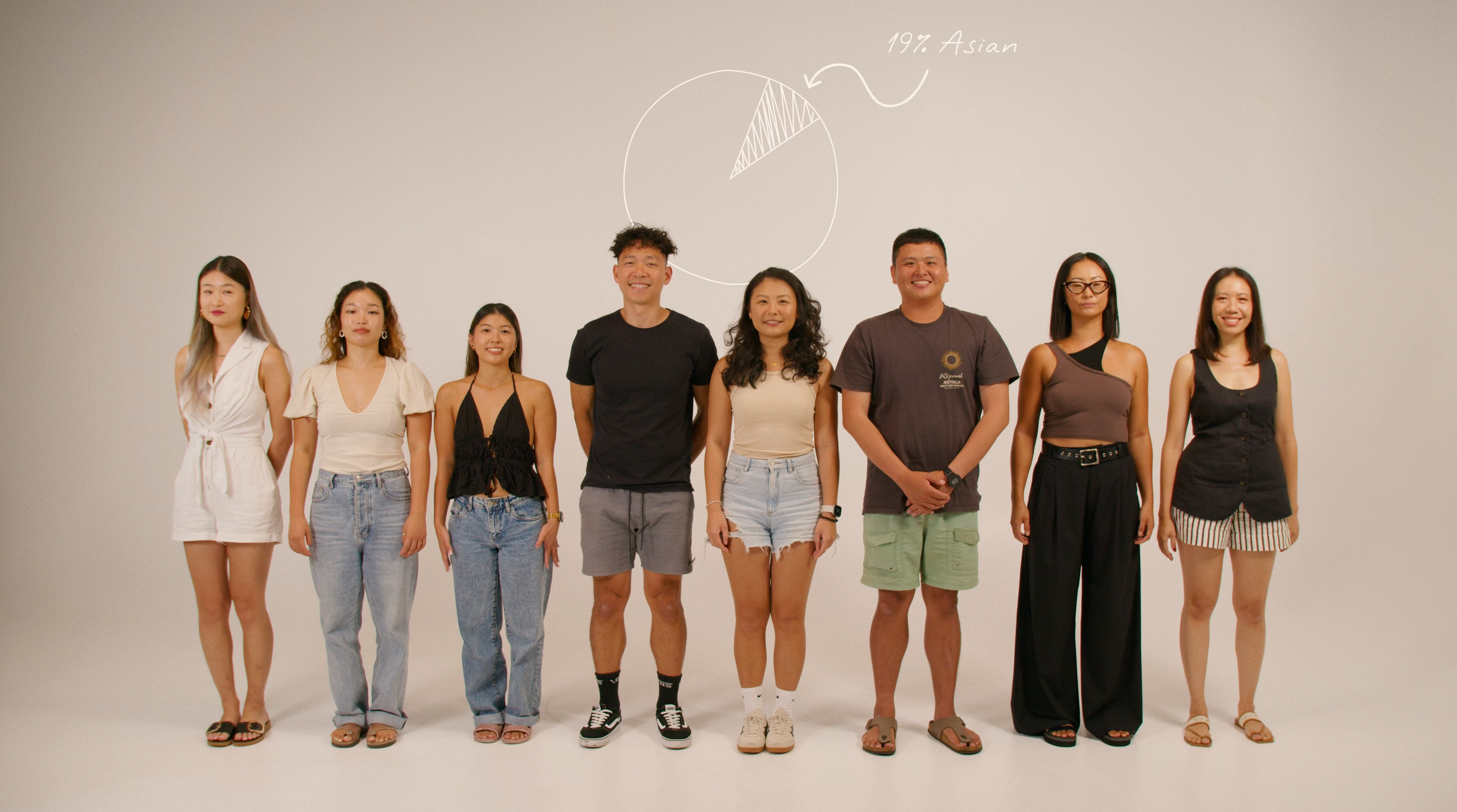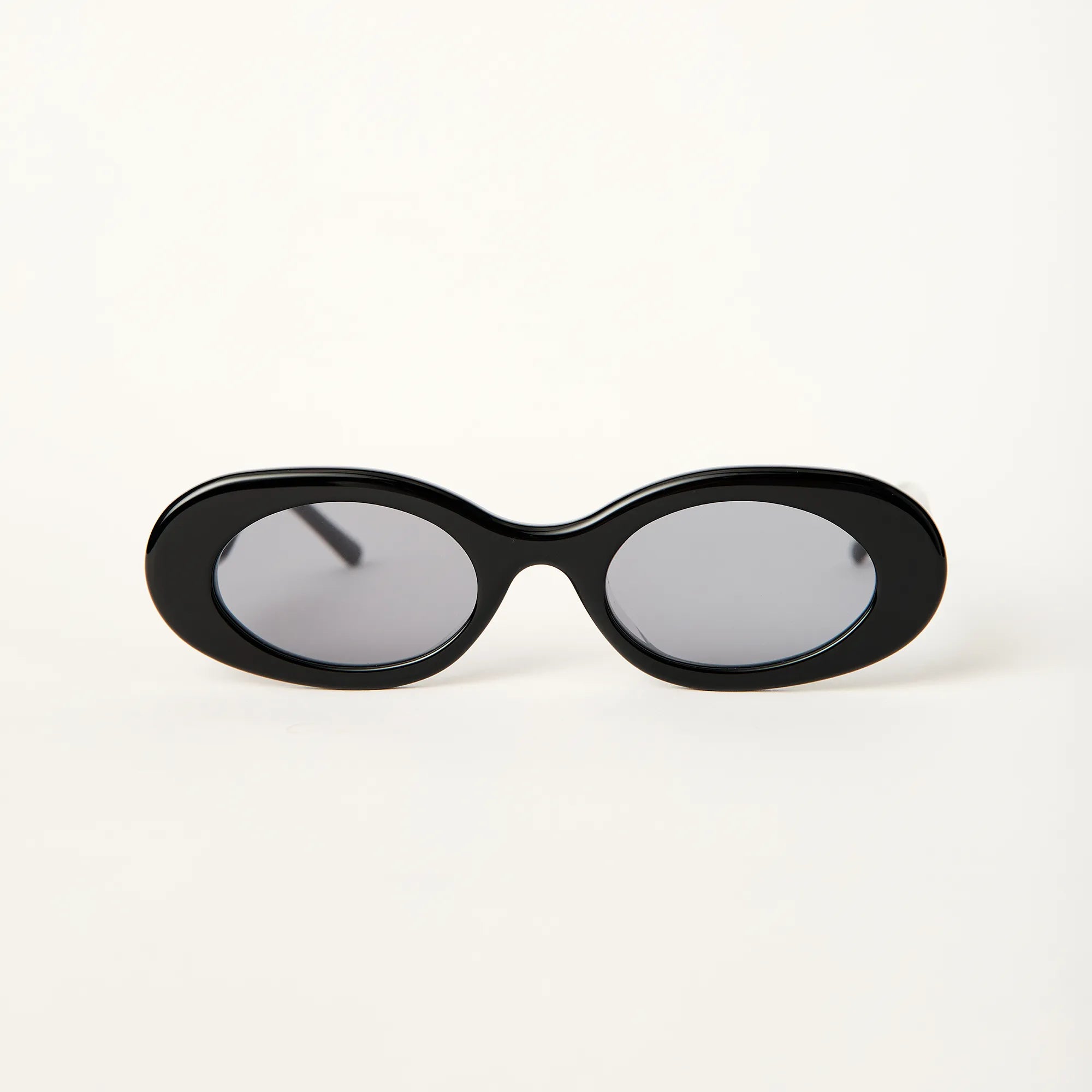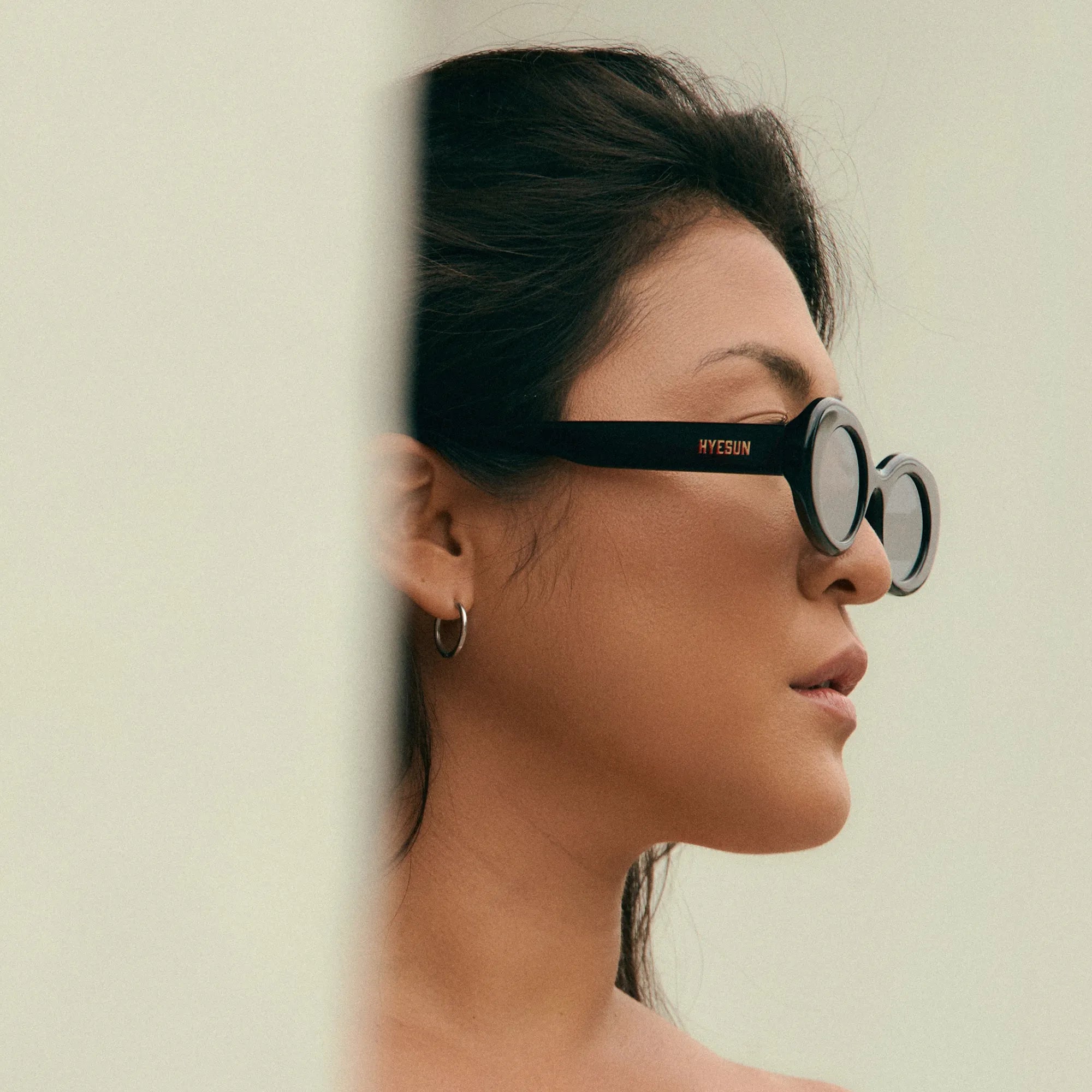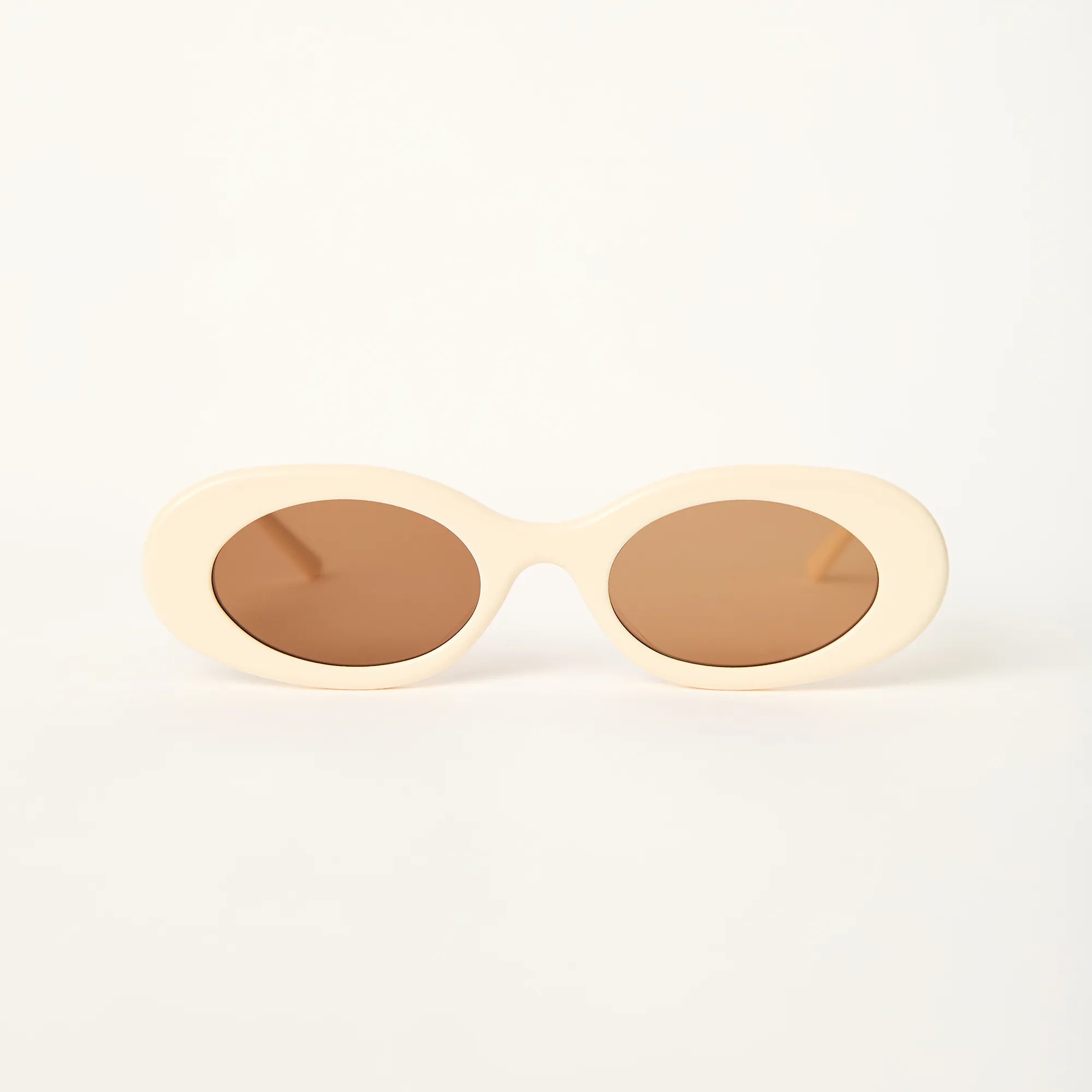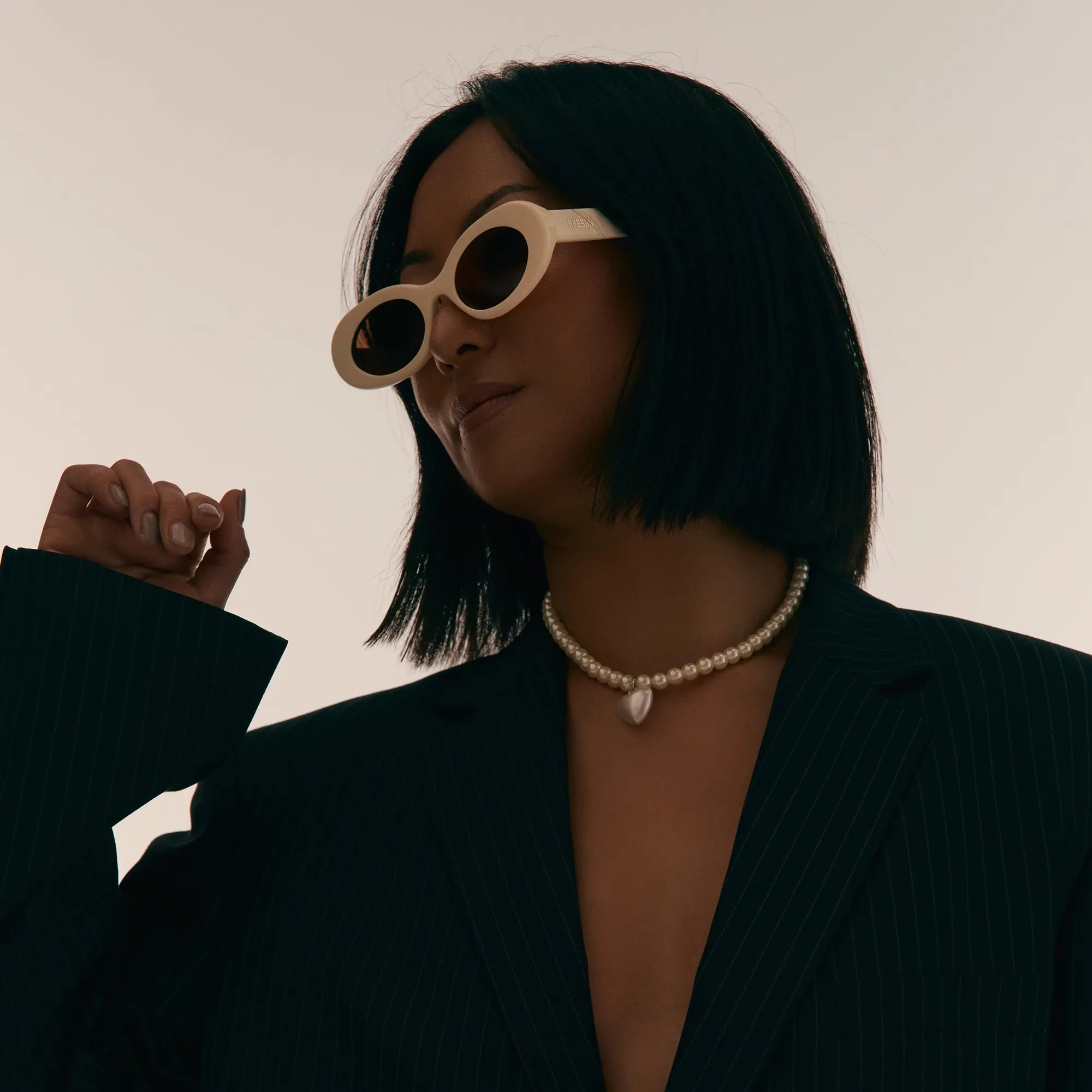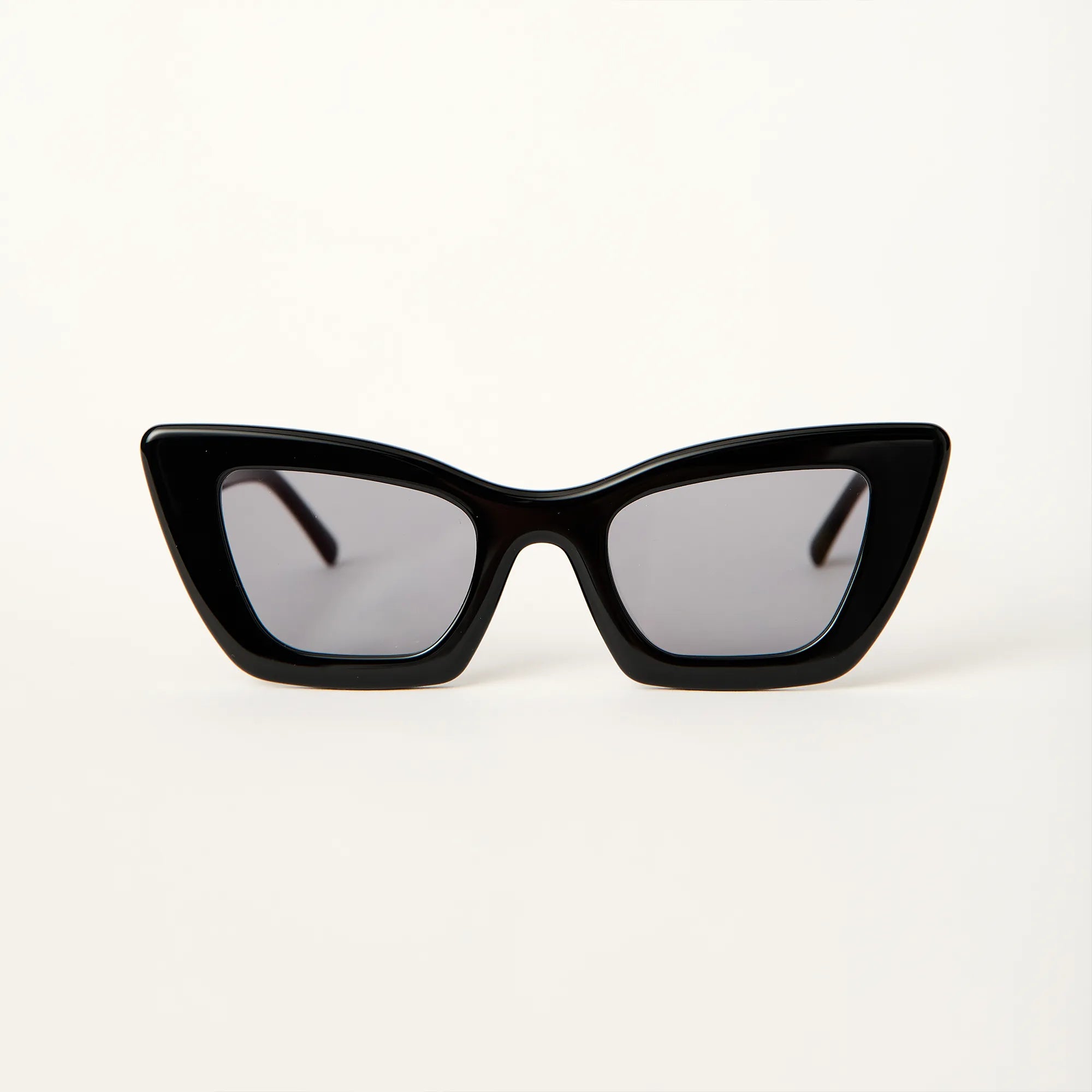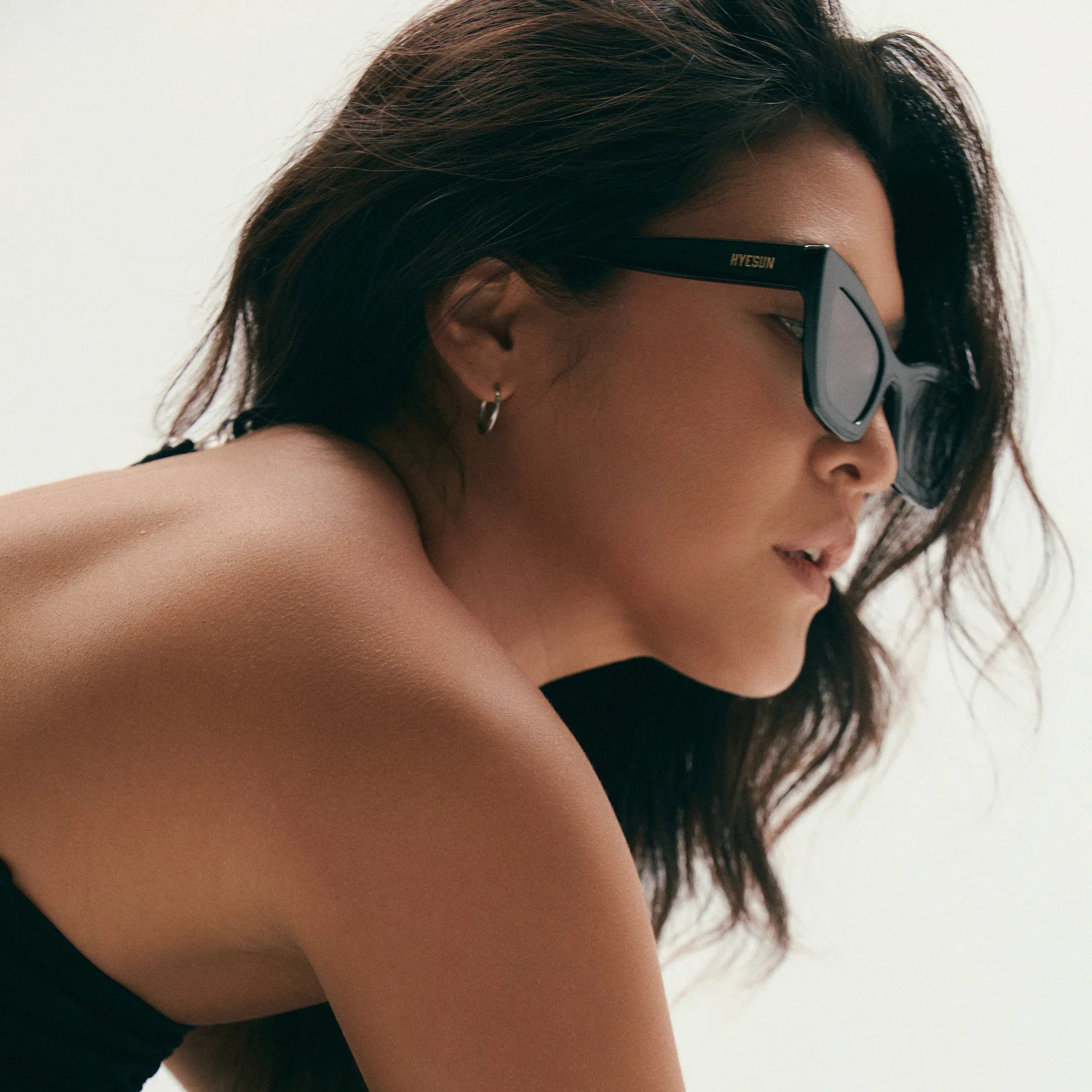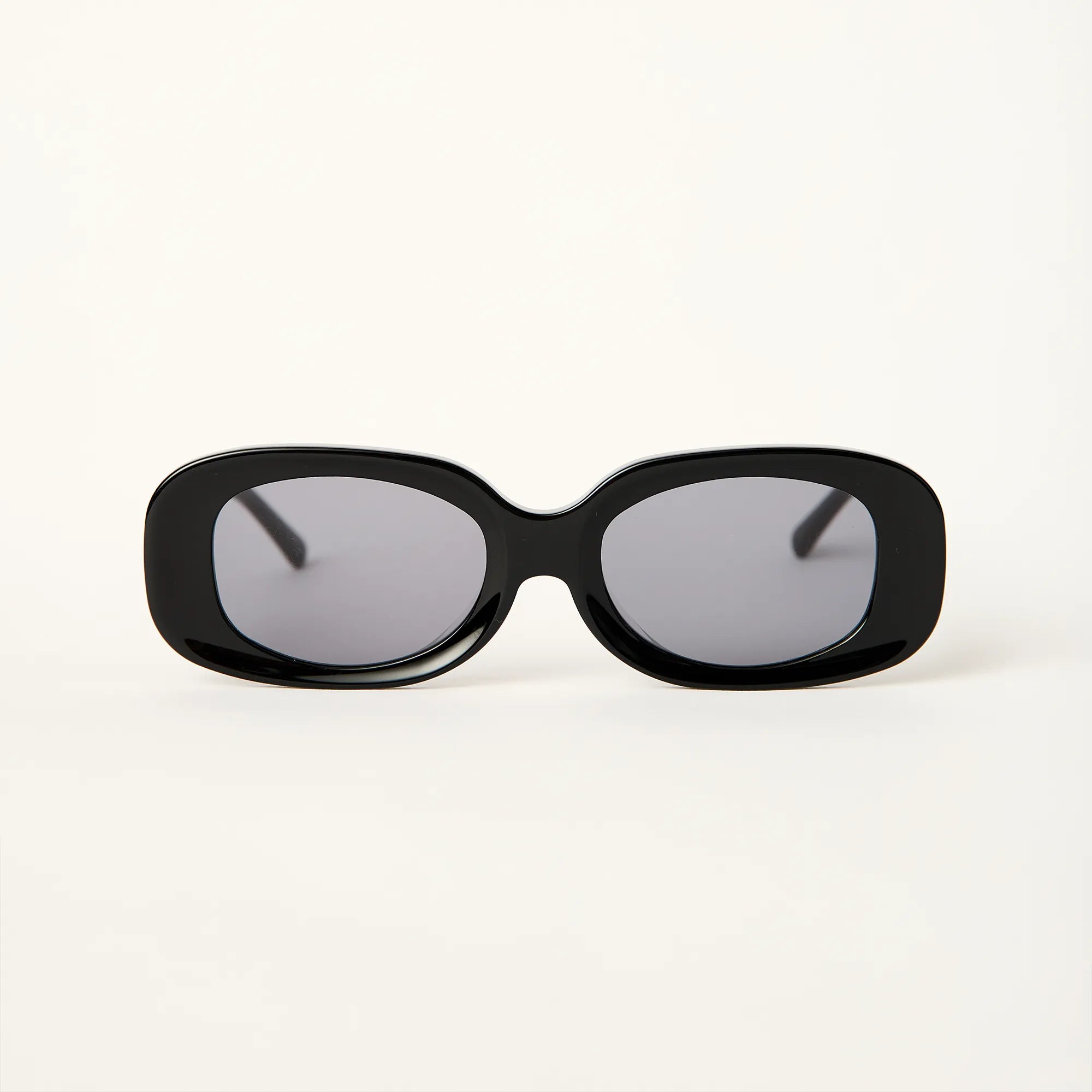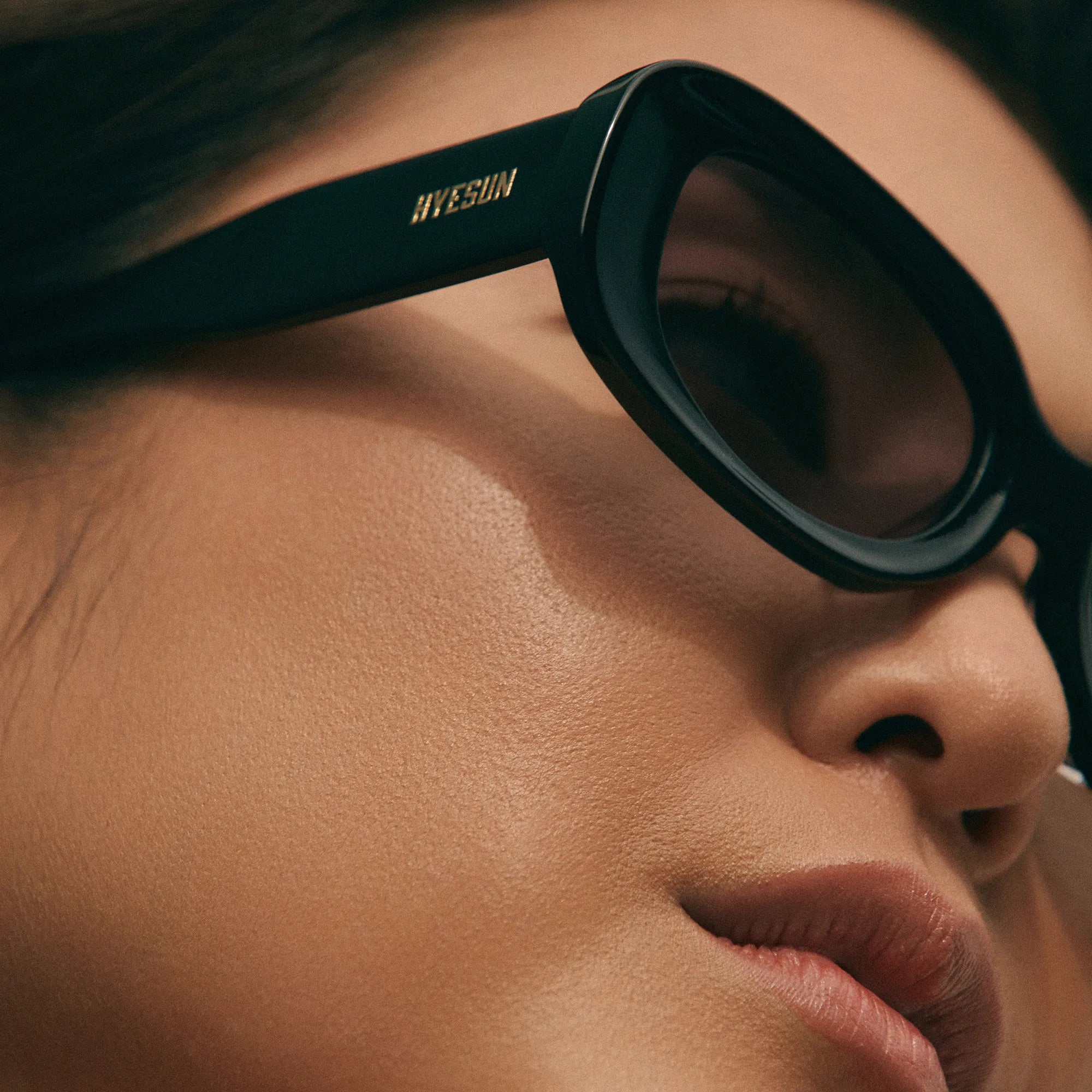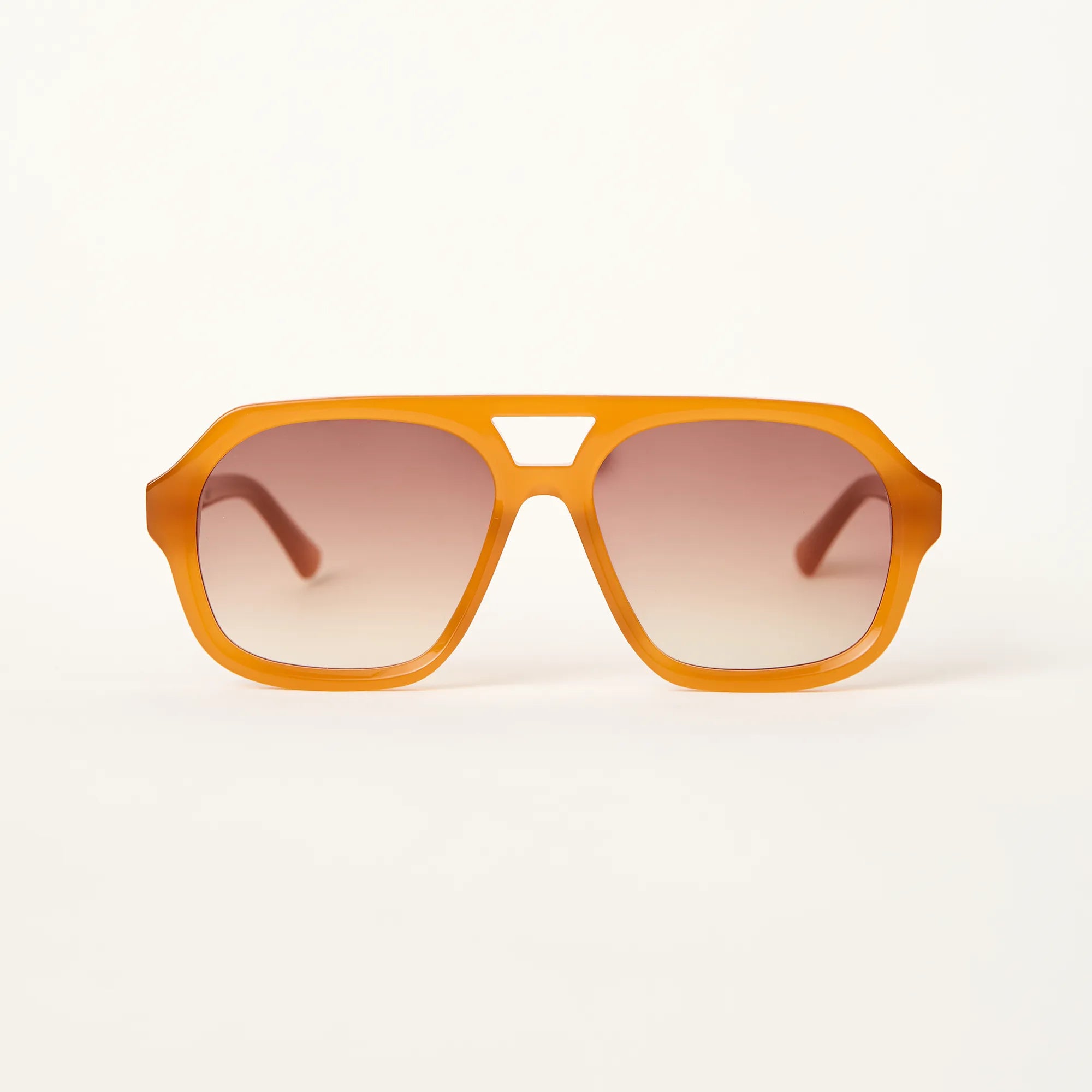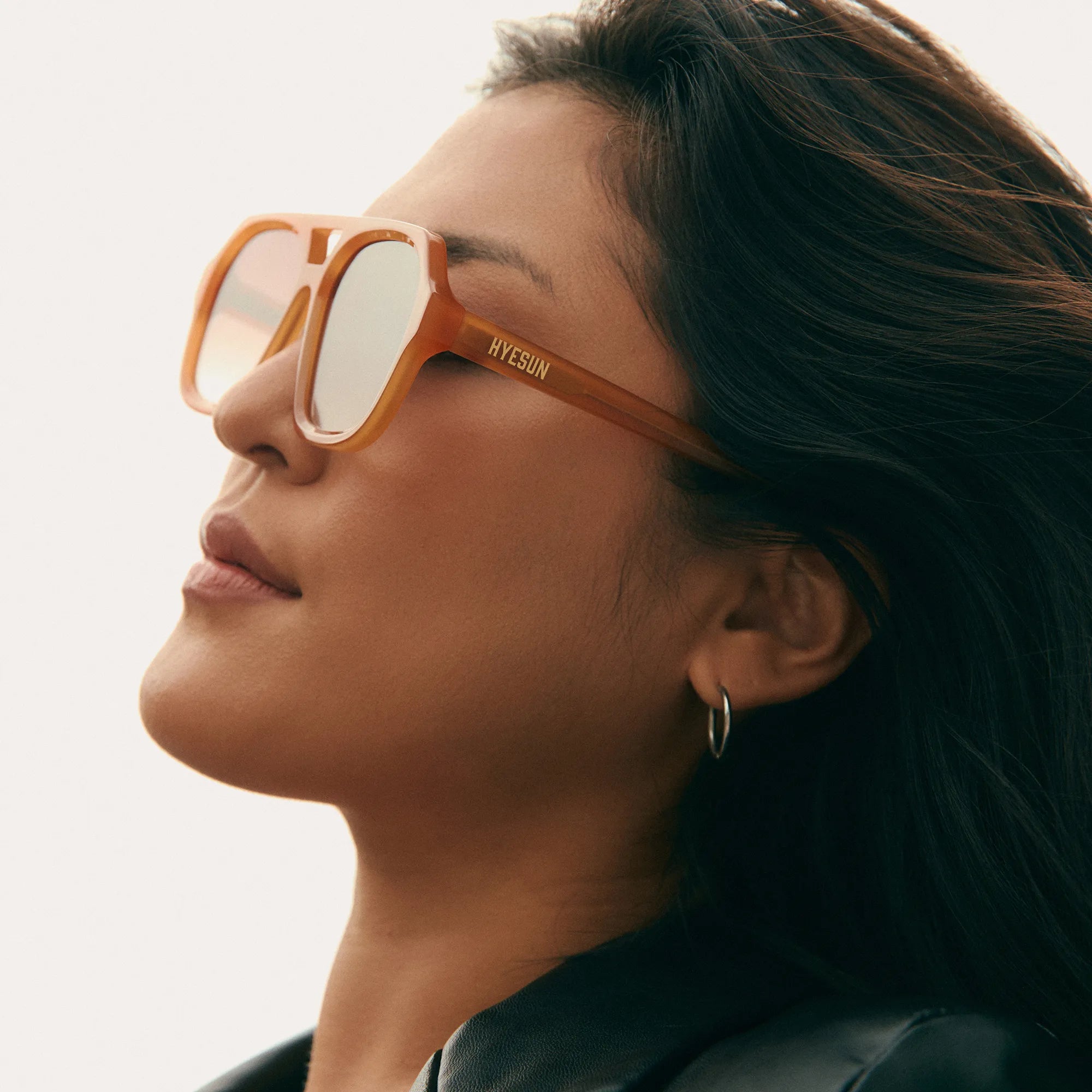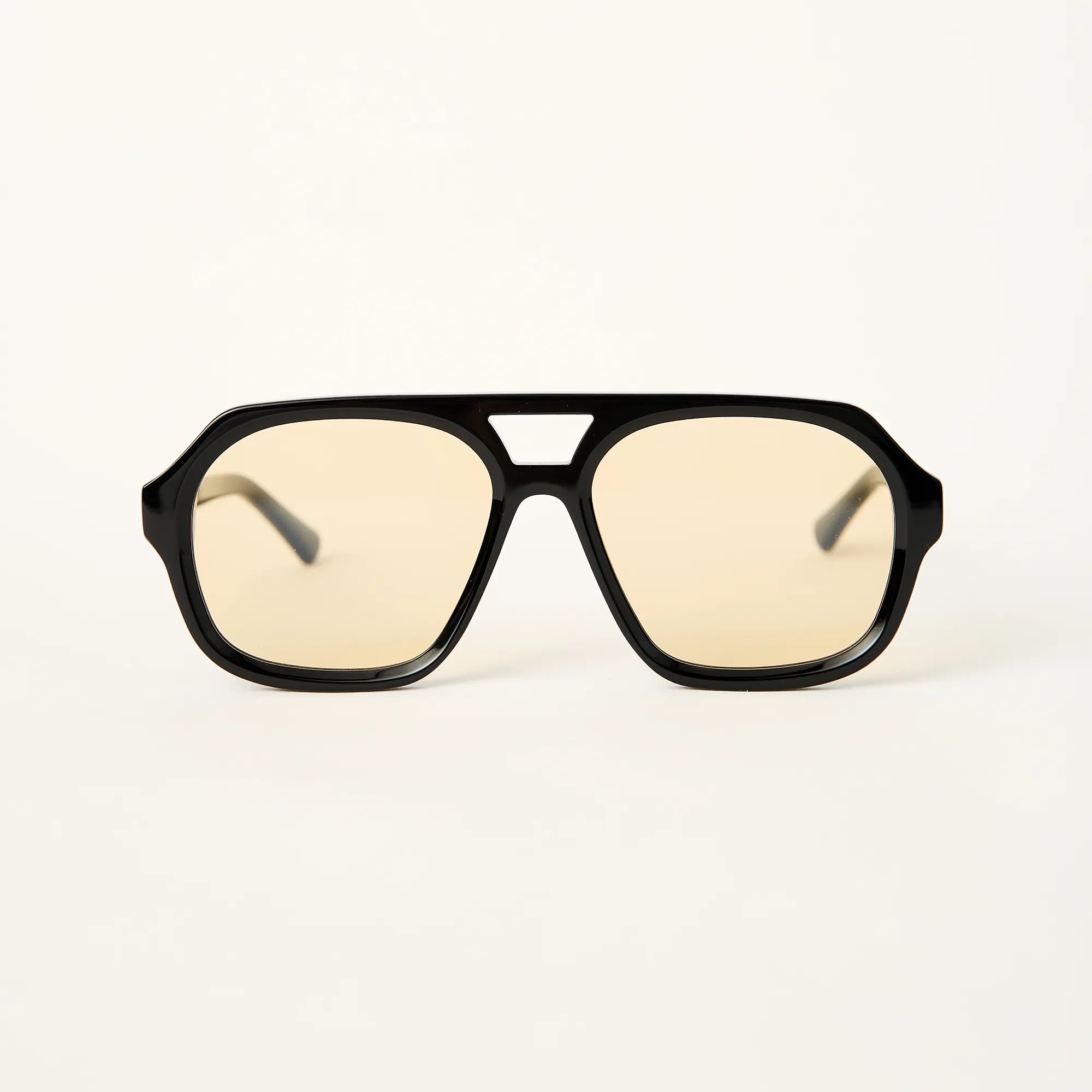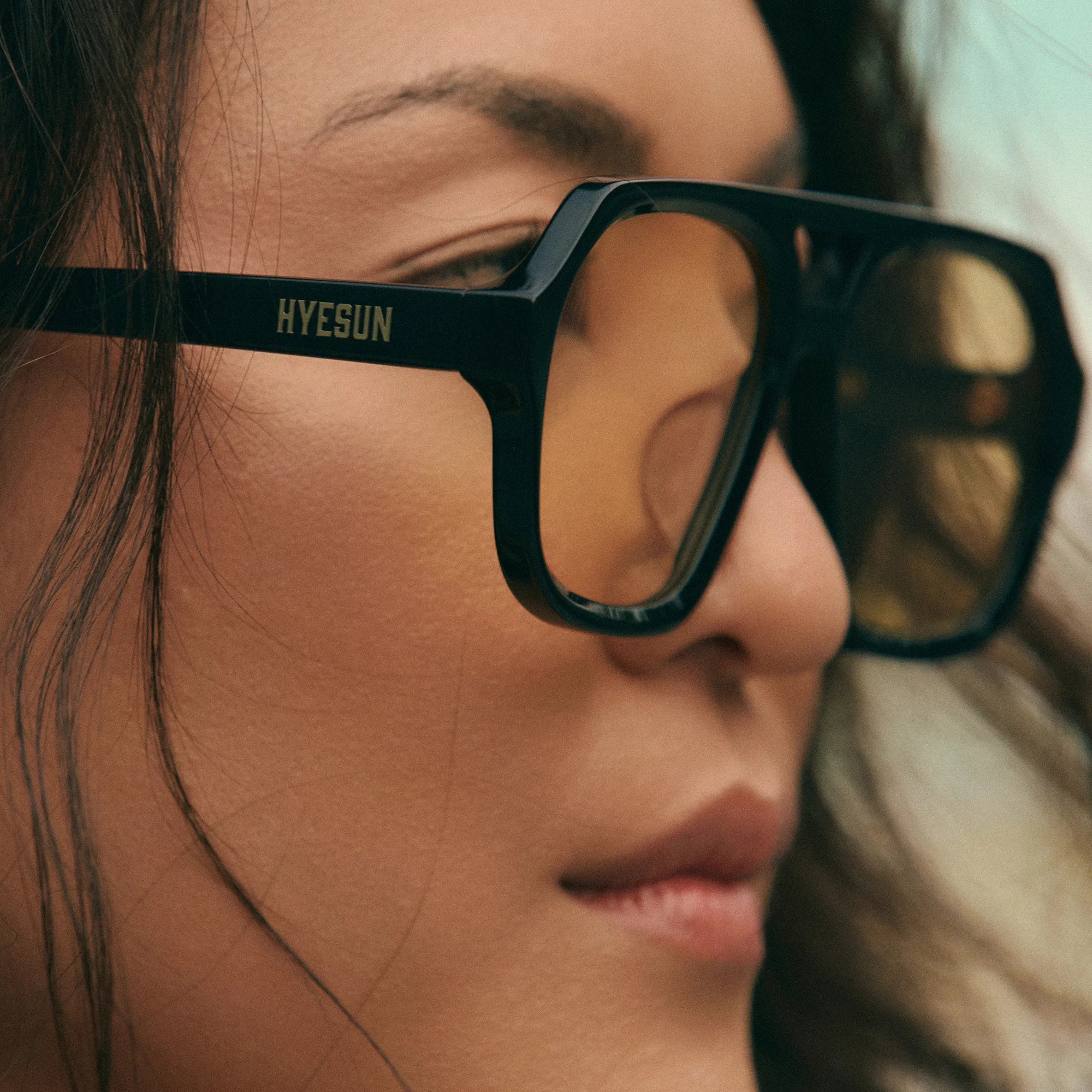What is “Asian fit eyewear”?
“Asian fit” is an eyewear industry term used to describe glasses designed to better suit certain facial features that are commonly, but not exclusively, found in people of Asian descent.
It typically refers to eyewear designed for:
-
Low or flat nose bridges
-
Higher cheekbones
-
Shorter nose-to-cheek ratios
-
Wider or rounder face shapes
To improve comfort and fit, “Asian fit” glasses often include:
-
Elevated nose pads to prevent slipping and help glasses sit higher
-
Flatter frame fronts to avoid tilting forward
-
Wider bridge and lens spacing to reduce pressure at the temples
-
More cheek clearance so the glasses don’t rest or sit awkwardly low
These design changes solve real, everyday issues like glasses sliding down, pressing into cheeks, or sitting too close to the eyes. But not everyone who needs these features identifies as Asian, and not all Asian people have these features.
That’s where the tension begins.

The term accidentally excludes
As the founder of a brand that champions inclusivity, one of my biggest challenges has been this: by using the term “Asian fit eyewear,” we risk excluding the very people our product was designed to help.
I started Hyesun to solve a specific, long-overlooked problem in eyewear, the lack of fit options for people with diverse facial structures. But the language we’ve had to use in the early days of the brand, especially “Asian fit,” can unintentionally narrow the story.
There are people with low nose bridges, high cheekbones, or broader face shapes who would benefit deeply from our designs, but don’t see themselves reflected in that term. They might not identify as Asian. They may have never heard of “Asian fit” before. Or they might not even realise that their discomfort with eyewear is something that can be fixed.
These features aren’t exclusive to one group. While they’re more common among people of East, Southeast, and South Asian backgrounds, they’re also found among Pacific Islander, Indigenous, Middle Eastern, and mixed-race communities, and in people of European descent as well.

Why do we use “Asian fit” even though it’s imperfect?
Honestly, because people are typing it into Google. It’s the phrase they use when their glasses don’t fit and they don’t know what else to search for. It helps them find us. And as a small startup with limited resources, that matters.
Right now, “Asian fit” is the closest thing the industry has to naming a widespread design problem. It connects people who are looking for answers. It gives language to something that has been quietly frustrating for years. And sometimes, it’s the first time someone feels seen in this space.
But that doesn’t make it a perfect term. It flattens complexity. It suggests that all Asian faces are the same, or that ethnicity equals a specific facial structure. That’s not true.
We use “Asian fit” as a way to be found. But it is not how we define our customers. And hopefully, in time, we won’t need the term at all.

Representation starts with design, not just marketing
A lot of brands talk about diversity in terms of who they market to or who appears in their campaigns. But at Hyesun, representation starts earlier. It begins in the design process.
Most eyewear in Australia is still based on Western facial data. It assumes high nose bridges, narrow widths, and deep-set features. If that doesn’t reflect your face, your options are often limited. You can settle for discomfort, shop overseas, or go without. We wanted to create something better.
The term “Asian eyewear” has always felt limiting to our vision. We’re not designing for a demographic label. We’re designing for people who have been overlooked by default industry standards, across cultures and backgrounds.
And early on, we discovered something unexpected. The design choices we made (a flatter profile, narrower bridge, and wider frame) didn’t just solve a fit issue for people of Asian heritage. They suited a wide range of faces that had rarely been considered or enjoyed eyewear that fits.
If we had to describe who our sunglasses are best for, it would be:
-
People whose glasses slide off when they lean forward
-
People with broader or wider faces
-
People with low or flatter nose bridges
These traits are not exclusive to any one ethnicity and you don't need to experience all of these issues. In fact many customers have told us they experience one trait and enjoy Hyesun's fit. And that’s the quiet power of inclusive design. When you build for people who have often been excluded, you improve the experience for many more.

Where to next
For now, we’ll keep using the term “Asian fit.” Not because it perfectly describes what we do, but because it helps people find us. And right now, while we’re still growing with a small team and a tight budget, that matters.
We don’t have the reach to re-educate the entire industry from scratch. So we’re working with the language that exists, while staying aware of its limitations.
Long term, we hope the default expands. And that people won’t need a specific label to find something that fits them well.
If you’ve read this and feel like we’ve got it wrong (or even just not quite right) I am open to hearing from you.
— Soojee x


